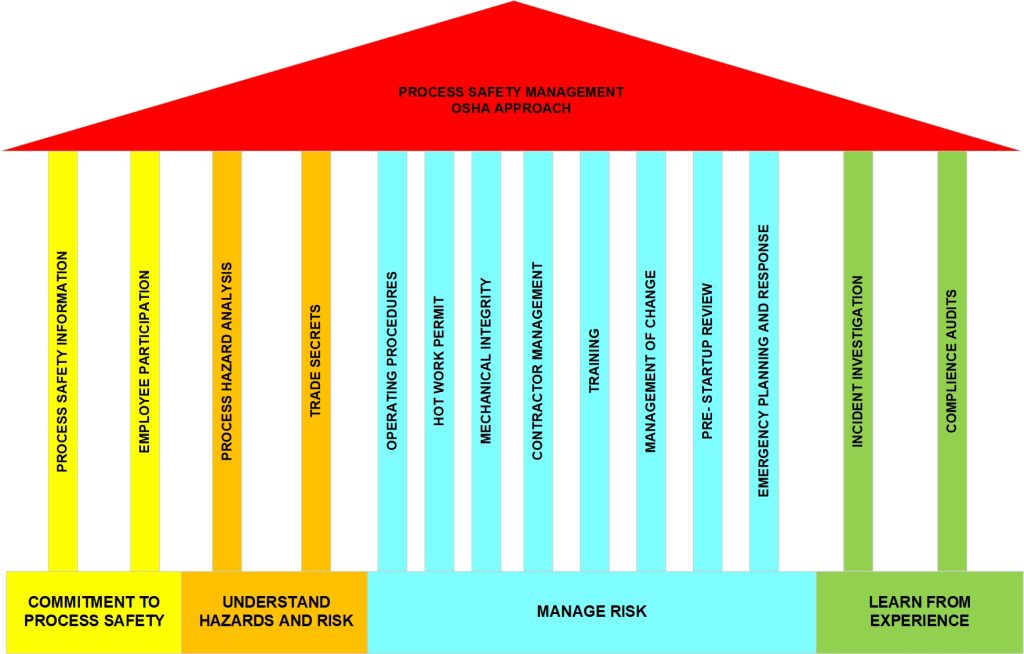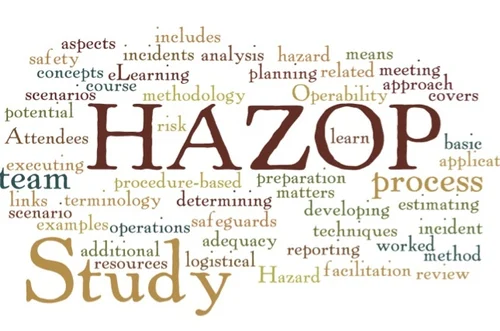Safety Integrity Level (SIL) Assessment Training

Introduction to Safety Integrity Level (SIL)
In industrial environments, safety is paramount. With the growing complexity of machinery, automation, and process industries, ensuring that safety systems perform reliably is crucial. One of the most effective ways to assess and enhance system safety is through Safety Integrity Level (SIL) assessment training. SIL is a measure used to quantify the reliability and effectiveness of safety instrumented systems (SIS) in mitigating risks. The Safety Master offers expert SIL assessment training, equipping professionals with the knowledge and skills necessary to implement safety measures effectively.
Why is SIL Assessment Important?
SIL assessment plays a pivotal role in ensuring the functional safety of critical industrial systems. It helps industries identify potential risks and take appropriate preventive measures. Some key benefits of SIL assessment include:
- Risk Reduction: SIL assessment helps in minimizing the probability of hazardous incidents by ensuring the reliability of safety instrumented functions (SIF).
- Regulatory Compliance: Many industries, including oil and gas, chemical manufacturing, and power plants, must comply with international safety standards like IEC 61508 and IEC 61511.
- Operational Efficiency: Proper SIL implementation enhances system reliability, reducing downtime and improving productivity.
- Cost Savings: Preventing industrial accidents through rigorous safety assessments saves companies significant amounts in potential damages and liabilities.
Understanding the SIL Assessment Process
The SIL assessment process consists of multiple stages, each designed to evaluate different aspects of system safety. These include:
1. Hazard and Risk Analysis
The first step in SIL assessment is conducting a Hazard and Operability Study (HAZOP Study). This systematic approach identifies potential hazards in an industrial process and evaluates possible deviations from normal operations. A well-executed Hazop Study provides crucial insights that contribute to determining the required SIL levels.
2. Safety Requirements Specification (SRS)
Once potential hazards are identified, safety engineers define the functional and integrity requirements of the safety instrumented system (SIS). This document serves as a guideline for implementing safety measures.
3. SIL Determination
SIL determination is performed using methods such as:
- Risk Graphs
- Layer of Protection Analysis (LOPA)
- Fault Tree Analysis (FTA)
Each method evaluates risk factors and assigns a SIL rating (SIL 1 to SIL 4) based on the required risk reduction level.
4. SIL Verification
SIL verification ensures that the designed SIS meets the required SIL level. It involves performing probability of failure on demand (PFD) calculations and verifying hardware and software reliability.
5. Implementation and Validation
After verification, the safety measures are implemented, followed by rigorous testing and validation to confirm compliance with the designated SIL level.
Key Components of SIL Assessment Training
The Safety Integrity Level (SIL) assessment training provided by The Safety Master covers the following key areas:
1. Fundamentals of Functional Safety
- Introduction to IEC 61508 & IEC 61511
- Understanding Safety Instrumented Systems (SIS)
- Role of Safety Integrity Levels (SIL) in industrial safety
2. Hazard and Risk Analysis Techniques
- Conducting HAZOP Study
- Fault Tree Analysis (FTA) and Event Tree Analysis (ETA)
- Failure Mode and Effects Analysis (FMEA)
3. SIL Determination Methods
- Use of risk graphs and LOPA for SIL determination
- Establishing SIL requirements for various industrial processes
- Understanding risk reduction factor calculations
4. SIL Verification and Validation
- Probability of Failure on Demand (PFD) calculations
- Hardware and software reliability assessment
- Systematic capability assessment
5. Regulatory and Compliance Requirements
- Compliance with international standards (IEC 61508, IEC 61511)
- Industry-specific regulations for oil & gas, chemical, and power industries
Importance of a Fire and Safety Audit in SIL Assessment
SIL assessment is closely linked with Fire Audit and overall Safety Audit processes. Ensuring fire safety in industrial environments is essential for achieving high levels of functional safety. Fire Audit services evaluate fire risks, emergency response procedures, and compliance with fire safety regulations, which are crucial for effective SIL implementation.
Similarly, Safety Audit services help assess overall workplace safety, identifying gaps and recommending improvements. Conducting regular safety audits ensures that SIL-rated systems function optimally and comply with industry regulations.
Role of Process Safety Management in SIL Implementation
Process Safety Management (PSM) plays a vital role in ensuring the effectiveness of SIL-rated systems. PSM focuses on hazard identification, risk mitigation, and the safe handling of hazardous materials in industrial settings. A robust PSM framework supports SIL assessment by integrating risk management strategies into operational workflows.
Why Choose The Safety Master for SIL Assessment Training?
The Safety Master is a leading provider of safety training and consultancy services. Here’s why professionals and organizations trust us for SIL assessment training:
- Expert Trainers: Our trainers have extensive experience in industrial safety, functional safety standards, and SIL assessments.
- Comprehensive Course Material: Our training covers theoretical concepts, real-world case studies, and hands-on exercises.
- Practical Approach: We emphasize practical applications, enabling participants to implement SIL assessment techniques effectively in their workplaces.
- Customized Training Programs: We tailor our training programs to meet the specific needs of different industries, ensuring relevant and effective learning.
The Role of a Safety Consultant in SIL Assessment
Engaging a professional Safety Consultant can significantly enhance the effectiveness of SIL assessments. Safety consultants bring in-depth knowledge and industry experience to:
- Conduct hazard and risk assessments
- Facilitate SIL determination workshops
- Provide guidance on regulatory compliance
- Develop and implement effective safety management systems
Conclusion
Ensuring industrial safety is a continuous process that requires structured training, risk assessment, and regulatory compliance. SIL assessment training is essential for industries aiming to enhance workplace safety, comply with international safety standards, and prevent hazardous incidents.
With The Safety Master, organizations and safety professionals gain expert knowledge and hands-on experience in SIL assessment, helping them implement reliable safety instrumented systems (SIS) and improve overall process safety. By integrating HAZOP Study, Fire Audit, Safety Audit, Process Safety Management, and expert Safety Consultants, industries can achieve higher levels of operational safety and regulatory compliance.
Invest in SIL assessment training today and take a proactive step towards a safer, more reliable industrial environment.







